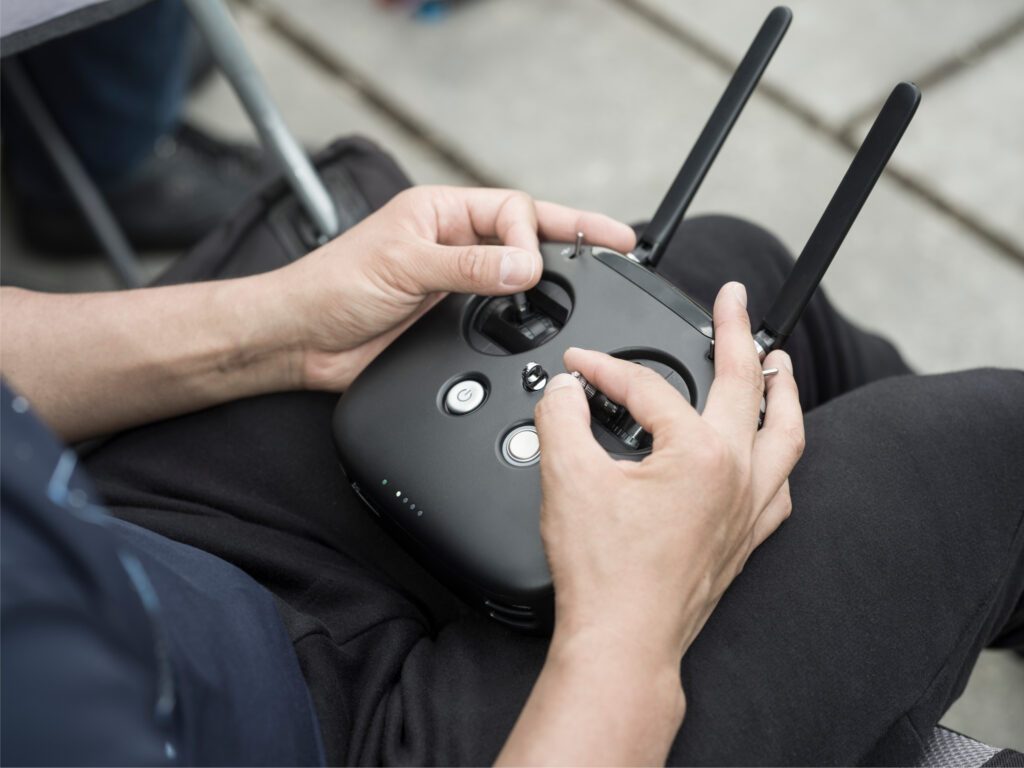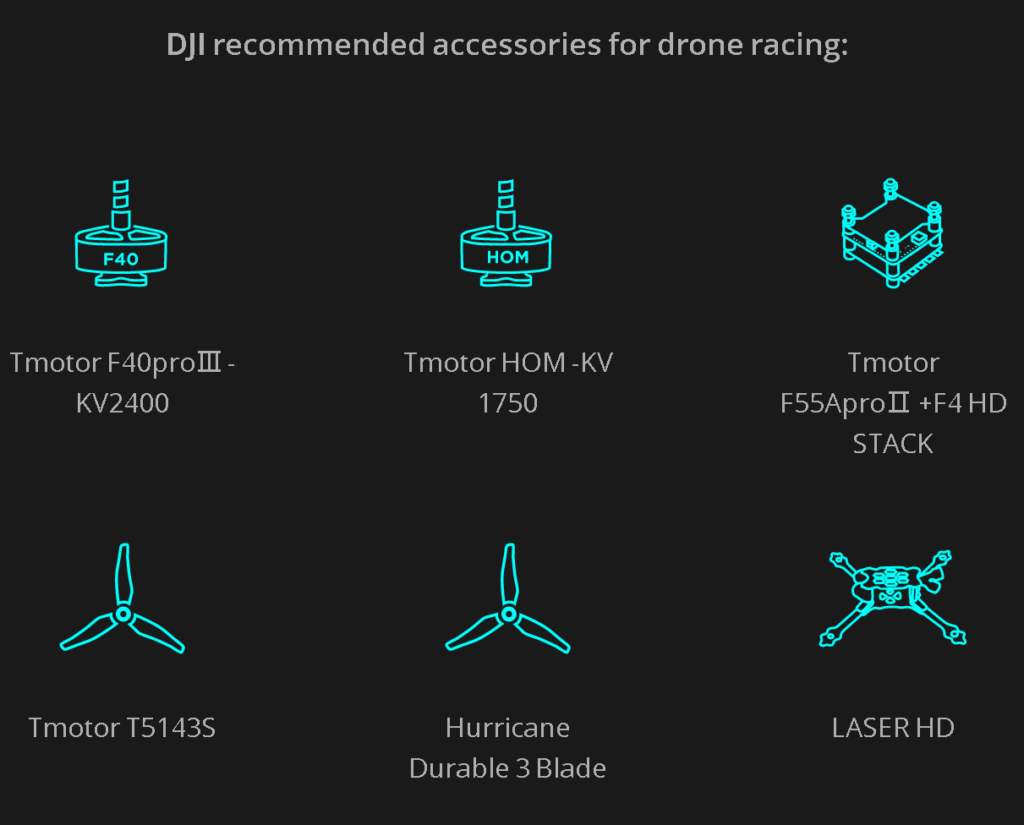Well that was quick. DJI’s latest product release has flown in under the radar and caught us a little off guard. We reported last week that the Chinese manufacturer had filed documents outlining its FPV plans with the FCC.
And those plans have come to fruition sooner than we expected: today.
DJI has launched its Digital FPV System. Here’s everything you need to know…
DJI eyes FPV drone racing market
Let’s get one thing straight first of all. In a move that makes a lot of sense now that we think about it, DJI is not actually selling its own racing drone. Instead, the company is making its low latency transmission and camera technology available to racing enthusiasts.
That technology comes in the form of four products: FPV goggles, an FPV Air Unit Transmission Module, an FPV remote controller and an FPV camera. Together, the system aims to bring smooth HD video, low latency and long-range transmission to a hobby that can have issues with all three.
“As drone racing grows in popularity, FPV racers are looking for the next technology to keep up with their demands. The new DJI FPV System was designed using our vast experience creating aerial and ground transmission systems and offers technology truly unique to the market,” said Ferdinand Wolf, Creative Director, DJI Europe.
“As the only digital video transmission solution on the market that performs at the same level as analog, even surpassing it in some aspects, we hope to set a new standard for digital FPV.”

DJI wants to take FPV flight to new heights
The DJI FPV Air Unit Module uses DJI HD Low Latency FPV Transmission technology (DJI HDL FPV Transmission) which integrates a two-way data communication mechanism to deliver integrated control over the entire system and a stable, seamless signal connection.
DJI HDL FPV offers a low end-to-end latency of 28 milliseconds, similar to high-performance analogue systems. The FPV system has a maximum transmission range of 4km (FCC) or 0.7km (CE) while anti-interference technology brings a reliable feed to the goggles during flight.
DJI has also developed “Focus Mode”, which narrows down the signal bitrate to the center of the frame. This counteracts any interference so that a clear image is provided even in challenging environments.
The digital signal transmits 720p footage at 120 fps. The FPV system can record on both the FPV camera attached to the drone as well as to the FPV goggles using a micro SD card. Racers can capture video content on the FPV Camera in 1080p at 60 fps or 720p at 120 fps while the FPV Goggles can record 720p at 60 fps which can be instantly played back for quick review.
The DJI HDL FPV Transmission System and DJI FPV Air Unit are equipped with eight 5.8GHz frequency channels, so DJI will be hoping that you and seven friends can get together and race simultaneously under one system. Each operator has an exclusive channel to reduce interference.
Pilots have the ability to view the camera of other racers connected through the Audience Mode.

FPV as a creative tool
As companies like DJI push the boundaries of what is possible with FPV flight, we’re going to see this kind of style used more and more as a creative tool.
DJI’s FPV Camera has three modes with that in mind: Racing, standard and LED mode.
As the name suggests, Racing mode is for race situations. It delivers images at a higher saturation rate to distinguish brightly-colored objects, such as course obstacles.
Standard mode is ideal for capturing content. It reduces color loss and preserves original details.
LED mode enables racers to operate their units easily in low light by increasing the color saturation and reducing image noise.
DJI also says the company’s new FPV Camera offers “exceptional filming capabilities.”
A 150° ultra-wide-angle lens creates a dramatic and unique perspective while the 1080p or 720p footage should be of a high enough quality to slide seamlessly in with video footage from other devices.

DJI FPV System: Price & Availability
The DJI FPV System can be pre-ordered today and will be shipped in mid-August.
As is the norm with DJI products, there are a couple of different purchase options: The FPV Fly More Combo for $929/£919/€999 and the FPV Experience Combo for $819/£809/€879 .
The FPV Fly More Combo includes the FPV Goggles, Air Unit, FPV Camera, Remote controller along with all the wires and antennas needed. The FPV Experience Combo includes the FPV Goggles, 2 FPV Camera and Air Units along with all the necessary wires and antennas.
So, DJI hasn’t actually launched a racing drone. But the release of the FPV System does lay solid foundations for a move in that direction. In the meantime, DJI recommends buyers use this gear with the following accessories.

Malek Murison is a freelance writer and editor with a passion for tech trends and innovation. He handles product reviews, major releases and keeps an eye on the enthusiast market for DroneLife.
Email Malek
Twitter:@malekmurison
Subscribe to DroneLife here.







[…] DJI Digital FPV System has been developed to combine smooth HD video with low latency and long-range transmission. All […]